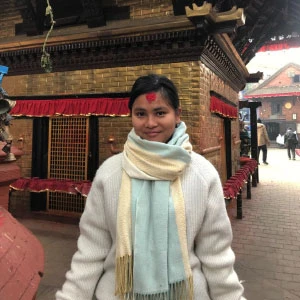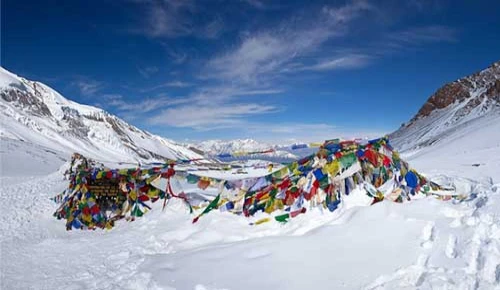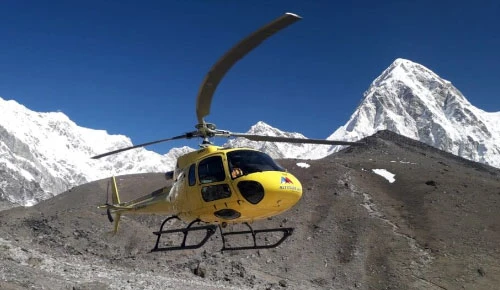Best Season to Visit Chitwan National Park for Wildlife Lovers
Chitwan should be your place in case you ever wanted to look a one-horned rhino in the eye, see a Bengal tiger stealthily cutting across a field of grass, or see elephants frolicking in an expanse of water.
Chitwan National Park lies in the lowlands of Nepal, but it is not just a park or foliage; it is a park that is alive and filled with natural beauty. This UNESCO World Heritage Site boasts of having some of the rarest animals on earth: rhinos, tigers, and gharials, along with more than 500 species of birds.
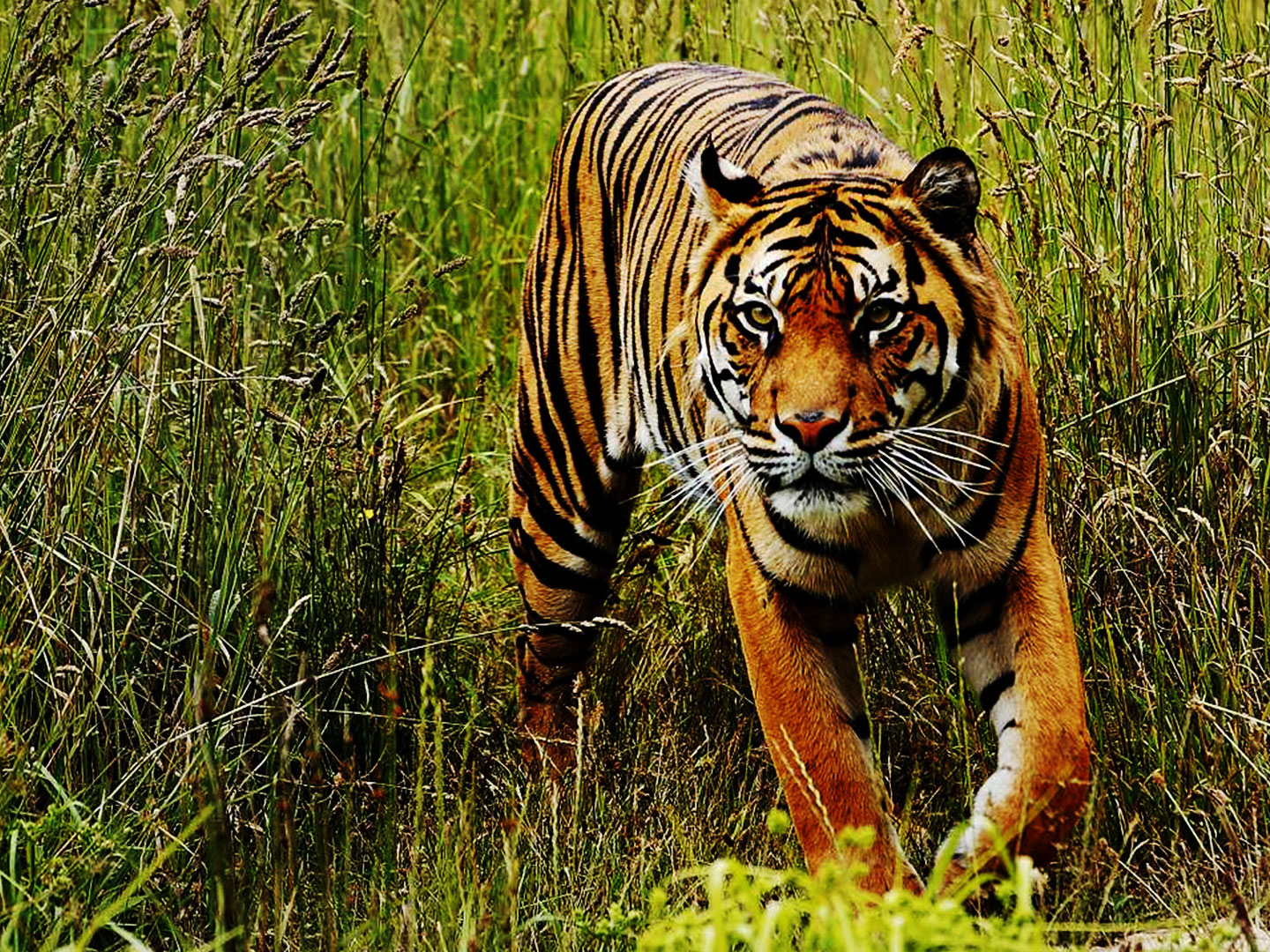
However, the thing is that to have the right experience, it is all about the time you visit. Choose the proper time, and the jungle will seem a place of sight, sound, and surprise. If you choose the wrong time, you will end up with mosquito bites instead of memories. Therefore, let's determine the best time for you to travel to this wildlife paradise.
Table of Contents
About of Chitwan National Park
Chitwan National Park, located in the subtropical lowlands of south-central Nepal, is one of the most renowned wildlife reserves in Asia and a UNESCO World Heritage Site. Established in 1973, the park spans over 932 square kilometers of diverse habitats, including dense forests, grasslands, riverine areas, and wetlands. Its unique ecosystem makes it a haven for a wide variety of wildlife, making it a top destination for nature and wildlife enthusiasts.
The park is most famous for its population of the one-horned rhinoceros, a species that has been successfully protected and rehabilitated here. In addition, Chitwan is home to Bengal tigers, leopards, sloth bears, elephants, and wild boars, offering visitors a rare chance to observe these majestic creatures in their natural habitat. The park is also a paradise for birdwatchers, with over 500 species of birds, including the colorful kingfisher, the endangered Bengal florican, and various migratory species.
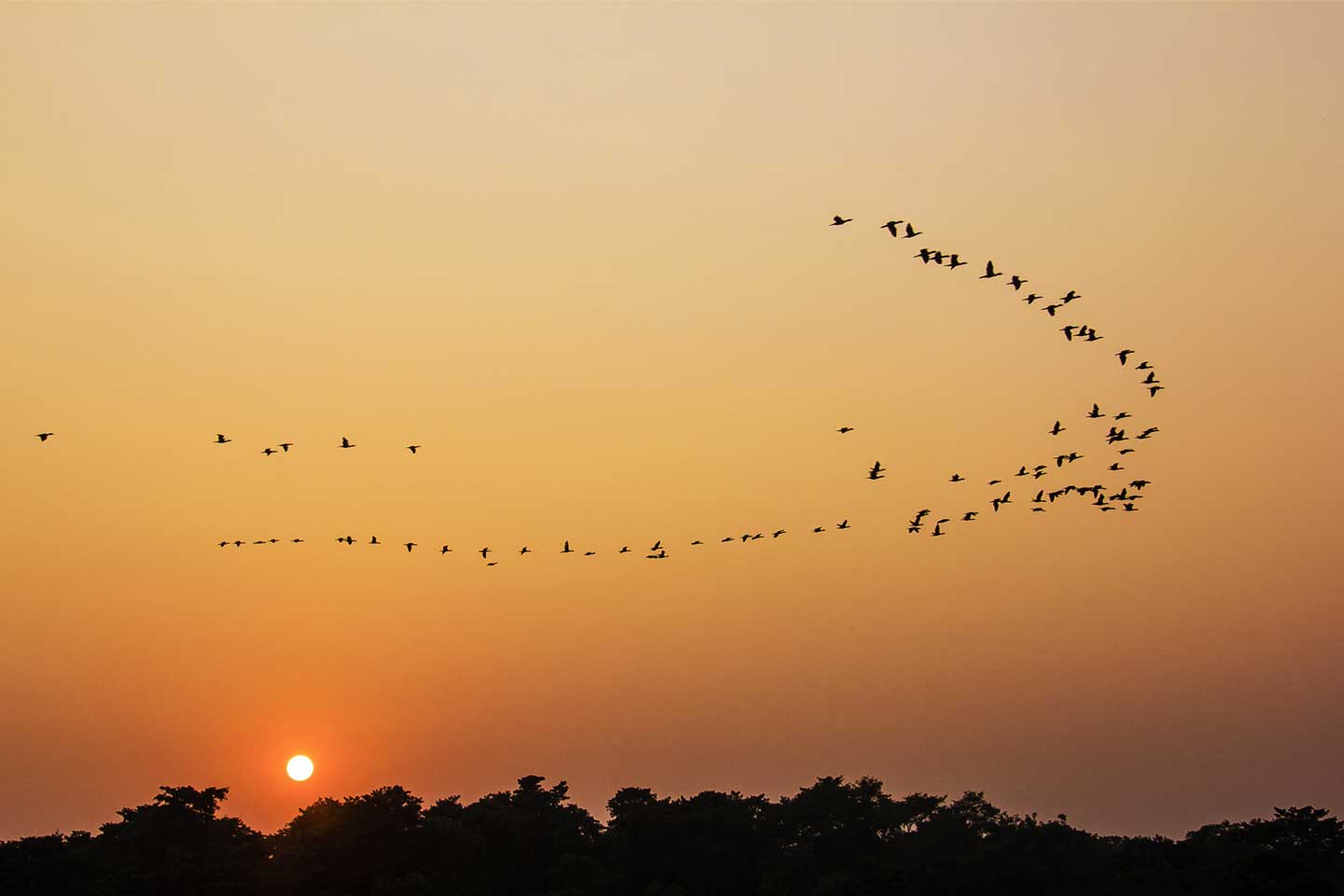
Chitwan National Park is more than just wildlife. It offers immersive experiences that allow visitors to explore its rich natural beauty and biodiversity. Activities such as jeep safaris, elephant rides, canoeing along the Rapti River, guided jungle walks, and birdwatching tours provide close encounters with wildlife while emphasizing conservation and ecotourism.
Beyond its flora and fauna, Chitwan is culturally vibrant. The park is surrounded by communities of Tharu people, whose traditional lifestyles, dances, and handicrafts add a unique cultural dimension to the visit. This blend of wildlife, nature, and culture makes Chitwan National Park an unforgettable destination for travelers, especially those passionate about exploring and protecting the natural world.
Climate and Season of Chitwan
Chitwan National Park, located in the subtropical lowlands of Nepal, experiences a warm and humid climate with distinct seasonal variations that greatly affect wildlife activity and visitor experience. Understanding these seasons is crucial for planning a trip, especially for wildlife lovers who want the best chance to spot animals in their natural habitats.
Winter (October to February)
Winter is considered the prime season for visiting Chitwan. During this time, temperatures range between 10°C to 25°C, making it comfortable for outdoor activities such as jeep safaris, jungle walks, and birdwatching. The weather is dry, with little to no rainfall, and the park’s water sources shrink slightly, causing animals like rhinos, deer, and elephants to gather near rivers and ponds. This makes wildlife spotting easier and more predictable. Migratory birds also arrive during winter, adding to the richness of birdwatching experiences.
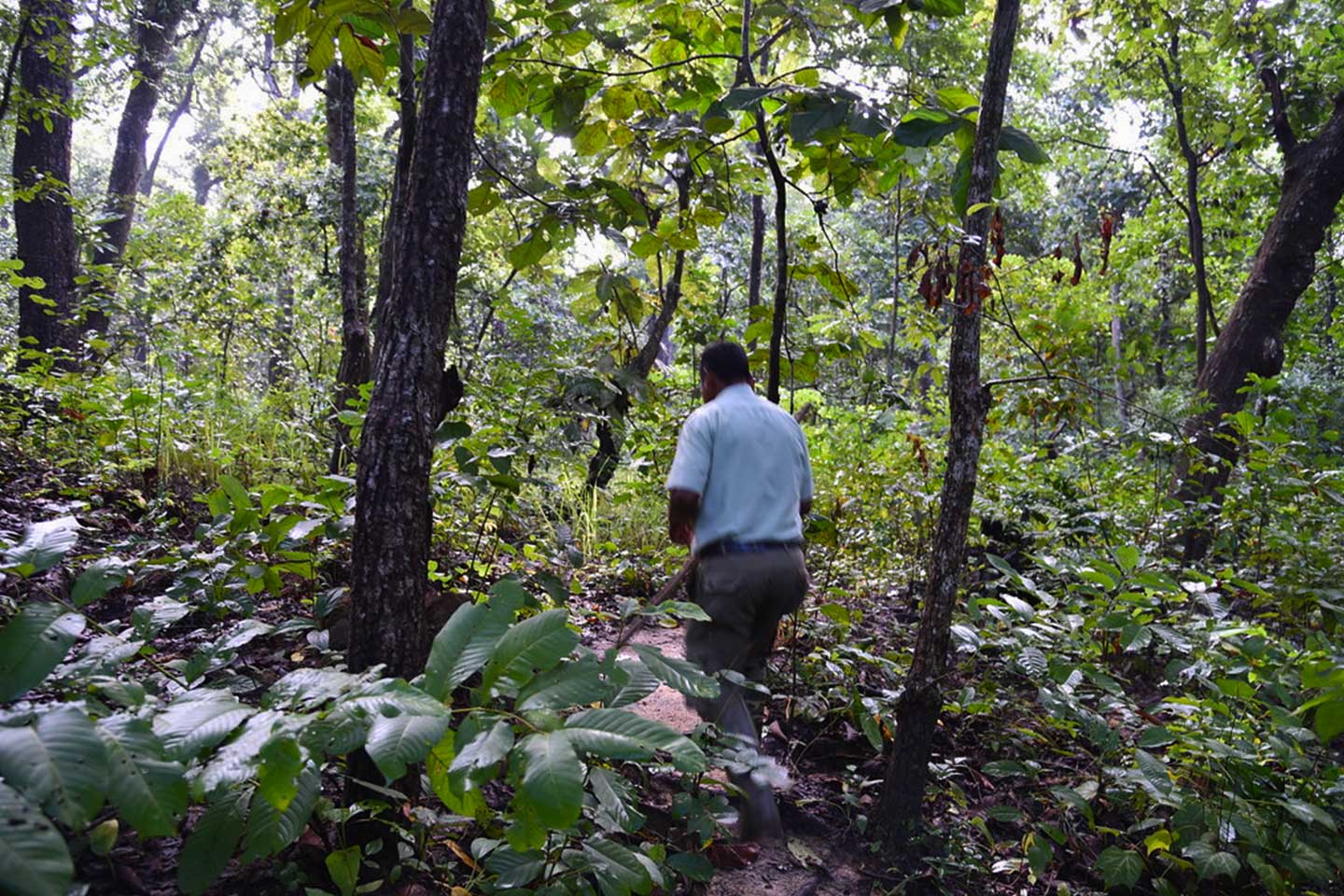
Summer (March to May)
Summer in Chitwan is hot and humid, with temperatures often climbing above 30°C. The forest becomes dense, and wildlife is more dispersed, making sightings less predictable during the daytime. However, early mornings and late afternoons remain ideal for safaris, when animals are more active in cooler hours. The lush greenery and budding flora during this season provide a picturesque backdrop, making summer a good time for photography enthusiasts.
Monsoon (June to September)
Monsoon season brings heavy rainfall, transforming Chitwan into a green paradise. While the dense foliage and flowing rivers make the park exceptionally scenic, wildlife spotting becomes more challenging. Animals often take shelter during the rain, and some trails may become muddy or temporarily inaccessible. However, monsoon is the best season to witness the park’s vibrant flora, small mammals, and a variety of insects and reptiles. Birdwatchers may also enjoy the presence of resident species taking advantage of abundant water sources.
Learning the impacts of the various seasons on wildlife will allow you to organize a trip according to your expectations.
Best Season for Wildlife Lovers
Chitwan National Park is a paradise for wildlife lovers throughout the year, but the experience varies with each season. Knowing the best time to visit can help maximize wildlife sightings, enjoy outdoor activities comfortably, and capture stunning photography.
Winter (October-February)
By far the most popular time of year to visit Chitwan is in winter. The weather is pleasant and colder during the day, when the temperatures are between 15 and 25 degrees Celsius. On a jeep safari or a trip through the jungle, you can spend hours without being burnt in the sun.
The dry season also implies that the grass is shorter and water levels are lower, and this increases the chances to see an animal such as the rhino, deer, and wild boar. With luck, you may even see the famous Bengal tiger.

To the bird enthusiast, this is paradise, as the migratory birds come in very large numbers, all coloring the skies and the banks of the river bright and singing. You can find them all, from storks to kingfishers, in all their splendor.
Pros
- Ideal for spotting wildlife near water sources
- Comfortable weather for safaris and outdoor activities
- Clear skies for photography
- Low chances of rain interrupting trips
- Better visibility for birds and animals.
Cons
- Nights can be frigid
- Some areas may be less green compared to monsoon
- Fewer flowering plants for photography
- Higher tourist crowds during peak months
- Early mornings can be foggy, limiting initial visibility
Summer/Pre-Monsoon (March-June)
During summer in Chitwan, the weather is hot, reaching a maximum of 38 degrees Celsius. And do not give up on it just yet; as patient and adventurous as you are, there is reward in this season as well.
Rivers, ponds, and waterholes are places to be found with animals congregating in them as they evade the heat. This ensures that they are easy to detect in particular positions. Crocodiles are frequently sunbathing, and elephants like to have a long bath in the Rapti River.
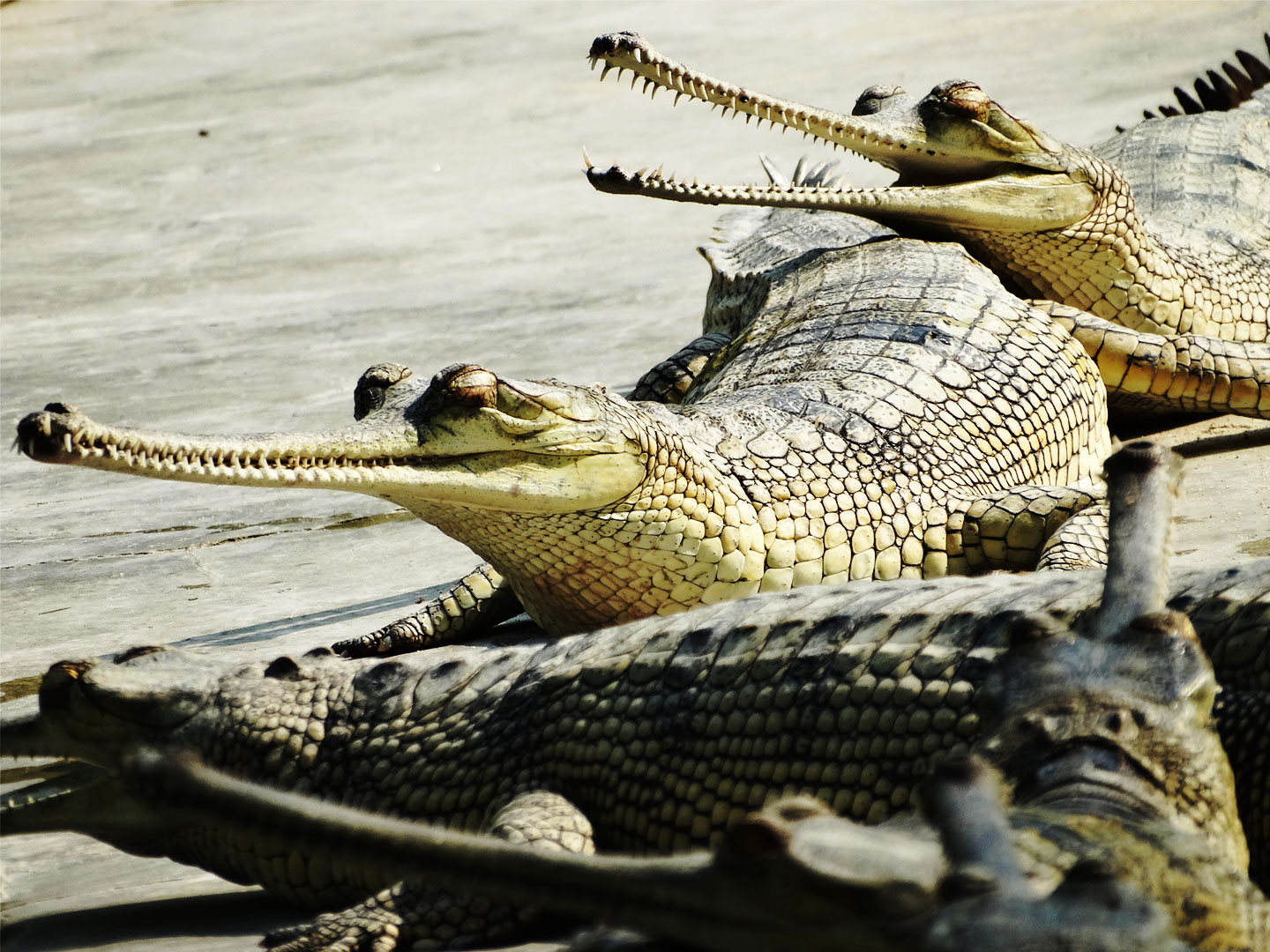
Should you want to include a tiger spotting, then late spring (April-May) is a good month since they emerge to have a drink against the hot afternoons.
Tips: The safaris are also most advisable in the early morning hours and at a late afternoon out time within the day.
Pros
- Wildlife is more active during early mornings and evenings
- Lush greenery enhances the landscape
- Ideal for birdwatching with migratory species
- Longer daylight hours for safaris and exploration
- Less crowded compared to winter peak
Cons
- Hot and humid weather during the day
- Some animals hide in dense foliage due to heat
- Waterholes may dry up in late summer
- Insects and mosquitoes are more prevalent
- Midday safaris can be exhausting
Monsoon (July-September)
During the monsoon in Chitwan, the jungle turns into a green fairy tale. With the rain comes life into the leaves, and the park turns into a beautiful quietness. It is, though, the most difficult time of year to be a wildlife lover.
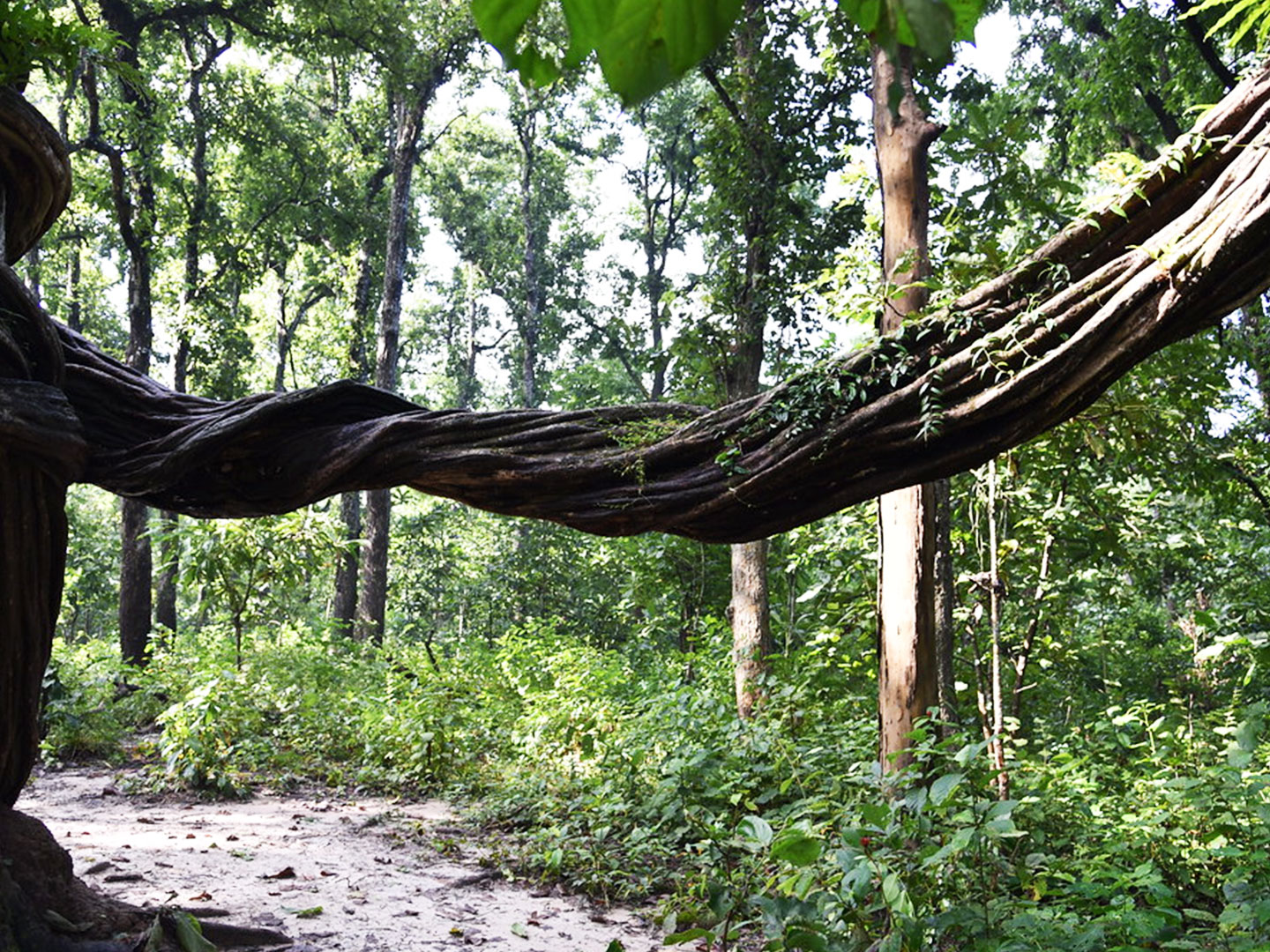
Thick foliage and stalky grass make animals difficult to see. There are possibilities that some paths can be closed because they are flooded or muddy paths. That aside though, if you like the aroma of wet soil and would like a relaxed experience with not a lot of people all over the place, this could be your season.
Pros
- Lush, vibrant greenery and scenic landscapes
- Water levels in rivers and lakes are high
- Fewer tourists, providing a quieter experience
- Excellent season for nature photography of forests and flora
- Cooler temperatures compared to summer heat
Cons
- Heavy rainfall may restrict safari access
- Wildlife is hard to spot due to dense forest cover.
- Trails can become slippery and muddy
- Mosquitoes and insects are more common
- Some areas may be closed due to flooding
Tips on Visit to Chitwan
Chitwan is a paradise for wildlife lovers, offering unforgettable encounters with rhinos, tigers, elephants, and a wide variety of birds. With some planning and awareness of the park’s best practices, you can make the most of your visit while respecting nature and enhancing your wildlife experience.
Here are some of wildlife visiting tips:
- Plan your trip during the best season, preferably from October to March, when the weather is favorable and animals are more active.
- Go on early morning or late afternoon safaris, as this is when animals are most visible and the jungle has the most magical light.
- Respect wildlife by keeping a safe distance and avoiding shouting, throwing objects, or trying to get too close for selfies.
- Hire a local guide to spot animals, learn interesting facts, and get insider knowledge about the park and its wildlife.
- Dress in light, neutral-colored clothing to blend with nature, and carry insect repellent, a hat, sunscreen, a reusable water bottle, binoculars, and a camera for comfort and convenience.
- Explore beyond jeep safaris: take a canoe ride on the Rapti River to see crocodiles and birds, or go on a guided jungle walk.
- Visit nearby Tharu villages to understand how locals coexist with wildlife and experience the cultural side of Chitwan.
Recommended Paclage for ChItwan Tour by NTA
- Chitwan National Park Tour - 6N 7D
- Jungle Safari 2 Nights 3 Days
- Nepal 8 Days Adventure Tour
- Kathmandu Chitwan Tour - 7 Days
- Nepal’s Best in 12 Days with Annapurna Heli, Chitwan Safari & City Tour
Final Thoughts
To get the complete Chitwan experience with the maximum wildlife viewing experience, favorable weather conditions, and abundance of birds, the perfect time to visit would be between October and March. Each season has its own reasons, though every season has its own beauty; the heat of summer attracts animals to water holes, and the monsoon transforms the forest with tints of green.
It turns out that it will be more than just the animals you will see, but an experience of being in the rhythm of the jungle, being able to hear its heartbeat, and getting yourself a story that could only be yours. Therefore, just pack your binoculars, have your camera at the ready, and enter Chitwan—it is all up in the grass; every noise in the grass could be wildlife you are about to receive.
Are you ready to have your jungle adventure? Make your reservations for your Chitwan National Park Tour with Nepal Trek Adventure and have the best wildlife experience you have ever had.




